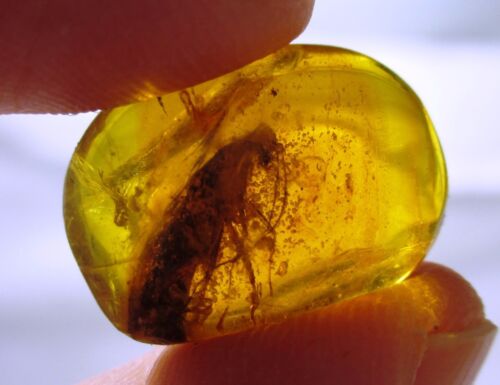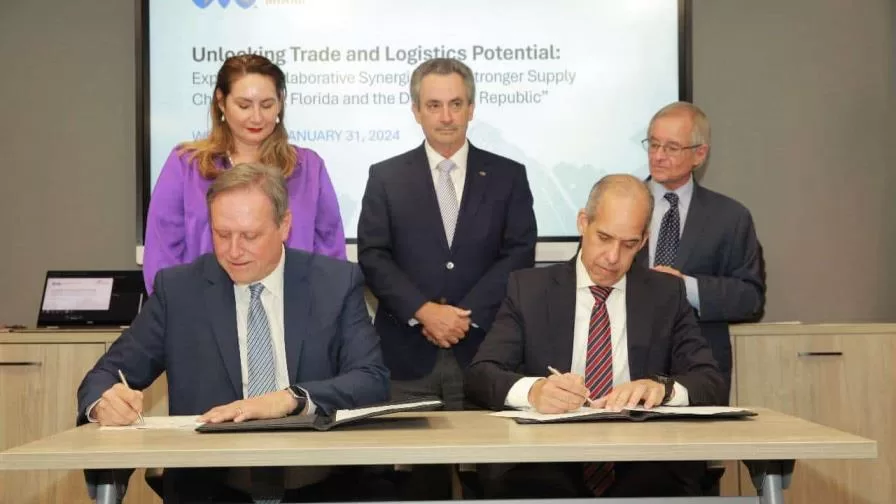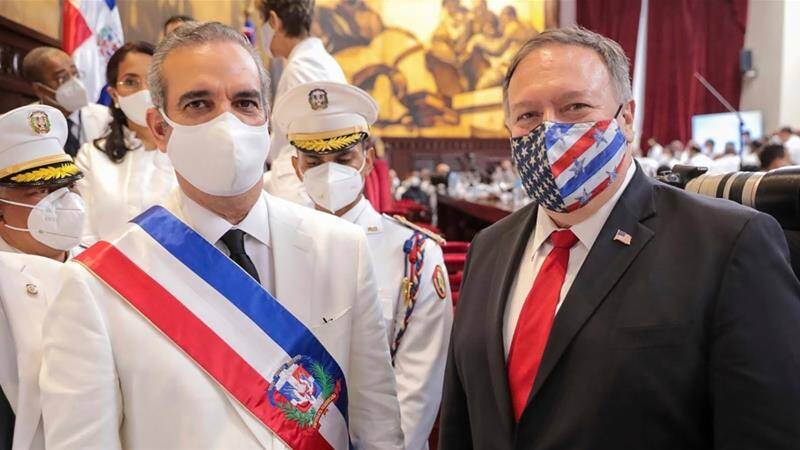First fossil cockroach with sperm is discovered in DR amber

A male specimen of a new species of cockroach has been identified in Dominican amber and is the first fossil cockroach to be found with sperm.
The species has been named Supella dominicana after its discoverer, Oregon State University professor emeritus George Poinar Jr.
“It is well preserved, with a yellow crossbar on the wings and a yellow vertical central stripe that seems to divide the body into two parts,” Poinar explains in a statement. “It has long spines, used for defense, on the legs, especially the hind legs. Also interesting is the sperm bundle that contains sperm with dark acrosomes, structures that cover the head of the sperm, since fossil sperm are rare.”
The specimen, about 30 million years old, is also the only cockroach of its variety, ectobiida, to have been discovered in amber from the Dominican Republic, although it has no living descendants in this country or anywhere in the Antilles.
As in the case of another Supella cockroach previously described from Mexican amber, the closest living relatives of S. dominicana are found in Africa and Asia.
“So what made these cockroaches extinct when it’s so hard to get rid of them today?” asks Poinar, an international expert on using amber-preserved plant and animal life forms to learn about the biology and ecology of the past. remote.
There are more than 4,000 species of cockroaches crawling in multiple habitats across the Earth, but only about 30 types of cockroaches share a habitat with humans, and only a handful of those are considered pests. But they are highly regarded as such, Poinar notes.
Ancient, primitive, and remarkably hardy, cockroaches can survive temperatures well below freezing and withstand pressures of up to 900 times their body weight.
Cockroaches are so hardy that they can live for a week after being decapitated, he added, and can move at lightning speeds: their speed to body length ratio is equivalent to that of a human running at about 200 mph.
Because roaches don’t mind walking through sewage or decaying matter, they can contaminate any surface they touch in your home as they forage for food in the form of grease, crumbs, pantry items, even book bindings and cardboard.
“They are considered medically important insects, as they carry human pathogens, including the bacteria that cause salmonella, staphylococci, and streptococci,” Poinar explains. “They also harbor viruses. And apart from spreading pathogens and causing allergic reactions, their mere presence is very disturbing.”
Prodigiously reproductive, able to squeeze into tiny hiding places and endowed with enzymes that protect them from toxic substances, cockroaches are not easy to dislodge once they appear somewhere, he said. There is also increasing evidence that they are developing resistance to many insecticides.
“The difficulty in removing them from homes once they have taken up residence can cause a lot of stress,” Poinar said. “Many would say that the best place for a cockroach is buried in amber.”
The identification of the new species by Poinar was published in the journal Biologia.






